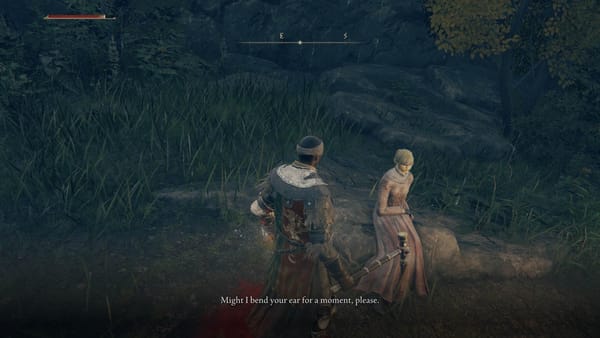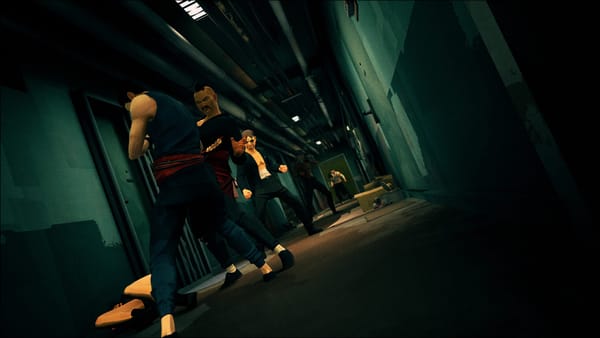Tackling the Backlog, Issue 8 — Spring ‘24
Experimenting with a new approach to the backlog.
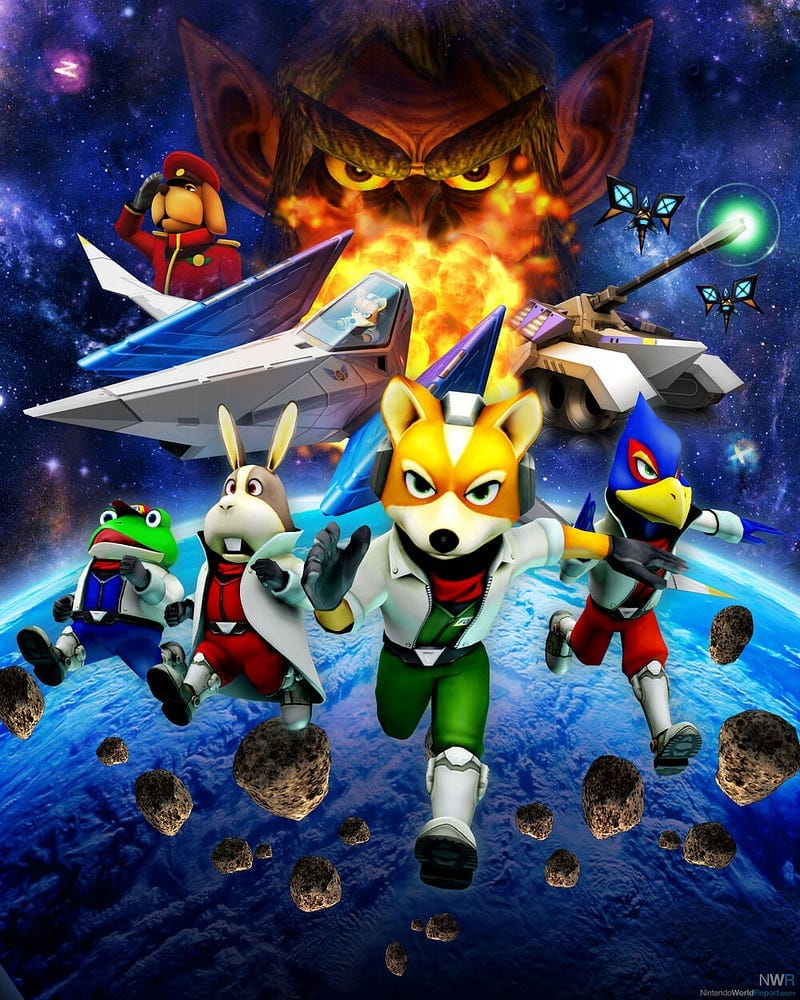
With Summer almost out of the way, my gaming library and personal life have both taken drastic changes. In April, I started my first full-time job! However, this would end my time enjoying Dragon’s Dogma II as I didn’t have the time to invest in the game as I had for the two weeks prior when I didn’t have a job. I shelved DD2 alongside other long RPGs I’d been playing on and off for portions of the year — Hogwarts Legacy, Dragon Quest Monsters 3, even Helldivers 2! It left an awful taste in my mouth but made me realize just how heavily I needed to rethink my approach to experiencing games. For now, until I’ve completely adjusted to the dream schedule that I’ve been trying to hold onto with my new life, my focus will shift towards generally shorter experiences that I can carry with me or dedicate a few good sessions to. And so, with April being an empty month, my games for this season began with…
“It’s about time you showed up Fox.”
I’ve had Star Fox 64 3D since it came out. I remember enjoying the local multiplayer and wanting to fly the yellow Arwing because it was Fox’s color (I thought that the leader being yellow instead of red was really cool), and playing the first five or six levels, then giving up and putting the game down indefinitely time and time again. I was ten years old back then, and now 13 years have passed, and this game saved me from how I’ve been experiencing games recently. For years now, I’ve spent the majority of my time playing games that are long, cinematic experiences that work to combine a ton of modern elements to appeal to almost every audience, then focus on a broad genre and send it off. While I’ve enjoyed these games immensely, they are almost always major time sinks that require dozens of hours and I just don’t have that kind of time anymore. Thus, my savior Fox McCloud swooped in on an Arwing and flew me to a completely different experience than I remember.
Something I find that I’m increasingly fond of when I play these remakes of older Nintendo titles is how the story is so straightforward. Worlds are introduced by either being placed directly in the player’s hands, or through a short preamble with a few pictures and text lines leading up to level one. Nowadays games like to take their time with how they introduce their worlds. They want players to be invested in everything, and they try to find a balance between letting players just skate by through a game while also providing the chance to get as ingrained and immersed into the world as possible. Games like Elden Ring will have item descriptions that connect the player to the lore of the game, describing the rise and fall of NPCs that are rarely encountered or were never even alive by the time the Tarnished rose to compete for the seat of Elden Lord. Every item has an origin story, and all of that is optional so players can keep fat rolling through boss fights and whack enemies with a slab of metal. Star Fox and other games of that generation forgo all of that — partly because of a shift in design philosophy, partly due to technical limitations — opting for a quick and replayable approach. It was this factor that made Star Fox 64 3D so accessible, so easy, and so satisfying. I realized how long I had gone without playing a game that didn’t require so much investment, and I missed it.
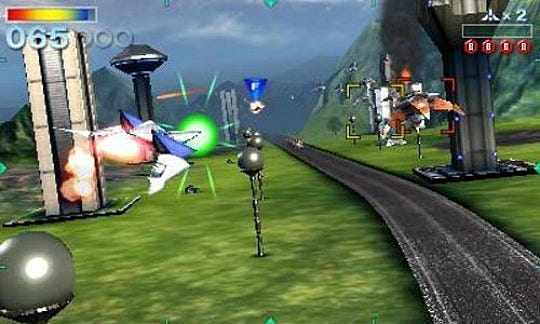
The story of Star Fox is very straightforward. Fox and his team are on a mission from General Pepper to stop Andross and save the Lylat System. After that, Team Star Fox ships out to Corneria to take on the first of a small handful of missions. The game is comprised of short rail shooter gameplay, plus some additional levels in the Landmaster and Blue-Marine, a tank and submarine respectively. For me, the allure of Star Fox for came in its replayability. Most missions come with an alternate ending that lets you choose which planet to go to next. For example, the first mission on Corneria can be unlocked by flying through some stone rings about halfway through the level. After doing this successfully, Falco says to follow him and you fly through a waterfall to reveal the alternate path and boss of the stage. These are riddled all over the game in different ways and make it a fun journey to try and go to every planet after a first playthrough. This kept me hooked and before I knew it, I had unlocked the game’s true ending.
On a smaller note, something that I appreciated about Star Fox was the small dialogue exchanges between characters. These lines characterize each member of the team and establish their roles well enough to where I never had to wonder why anyone was there to begin with. Slippi is an inherently goofy character, but also a bit of a fanatic when it comes to his job shooting down other fighters. Falco takes things seriously and respects Fox as a leader despite the attitude he gives him. Peppy is a veteran of the team and worked with Fox’s dad before he mysteriously disappeared, and Fox himself is no evergreen. He’s confident in his team’s abilities and their mission to save the system. I like that it doesn’t take a lot to get to know everyone and that none of the dialogue gets exhausting on replays.
Star Fox 64 3D is a fun game that rewards replaying it and going for ahigh score. I understand that the future of this franchise is rocky to say the least, but whether or not Star Fox ever sees the light of day again, I find comfort in knowing that I’ll always be able to return to this one as a cure for game fatigue.

“Magic!”
Erica is the most technically interesting game I’ve played this year. Every input takes place entirely on the touchpad, which makes for a really unique approach. The game is also advertised in game to have the best experience using the companion app, but the app isn’t able to look for PS5s when trying to use it. If anything, that feature kind of reminded me of the Wii U gamepad, and as a Wii U defender, I think it shows how potentially innovative that model of gameplay could have been had it been more well executed by Nintendo.
Erica is an interesting experience because it’s one of those games that broaden the definition of what a game is. While you aren’t jumping from platform to platform, or slashing at enemies, it’s still a unique way to experience this kind of media. Erica made me think more intimately about how interesting games are as a form of entertainment, how they combine elements from literally every other existing form of art and media to create a wholly unique experience every time. In short, Erica made me believe that video games are art.
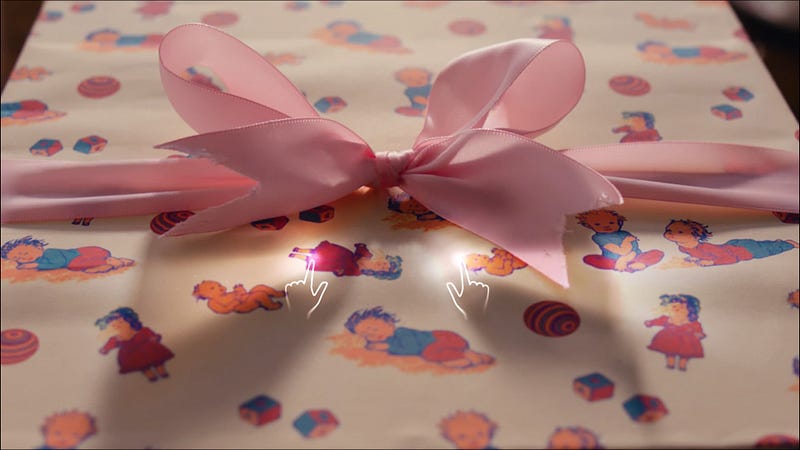
The touchpad gameplay involves swiping and rotating various items to interact with the world and make choices. A lot of these items are looked at close up and focused on in a way that makes them look like 3D renders when everything shot in the game is 100% real. The story itself is shrouded in mystery. Early in the game you’re introduced to Erica as a child and learn of her dead mother and that her father is the only parent she has until he also dies while she’s young. This trauma gives her recurring nightmares, and when her father’s research comes back into the light, she ends up moving into the psych ward he ran for most of her childhood. The story begins to take some dramatic turns from this point on, but I’d rather avoid spoilers and recommend you experience it yourself considering how short a playthrough can be and how much it feels like watching a movie.
I will admit that Erica falls short in its ending, as it feels rushed and certain character relationships feel half-baked. I had a fun time with Erica, but it rings in my mind as a ‘put-on-instead-of-watching-a-film’ kind of game. I’d love to see another modern FMV with some more gamey elements. If you’d like to read a more composite review of Erica, I posted one on my Backloggd.
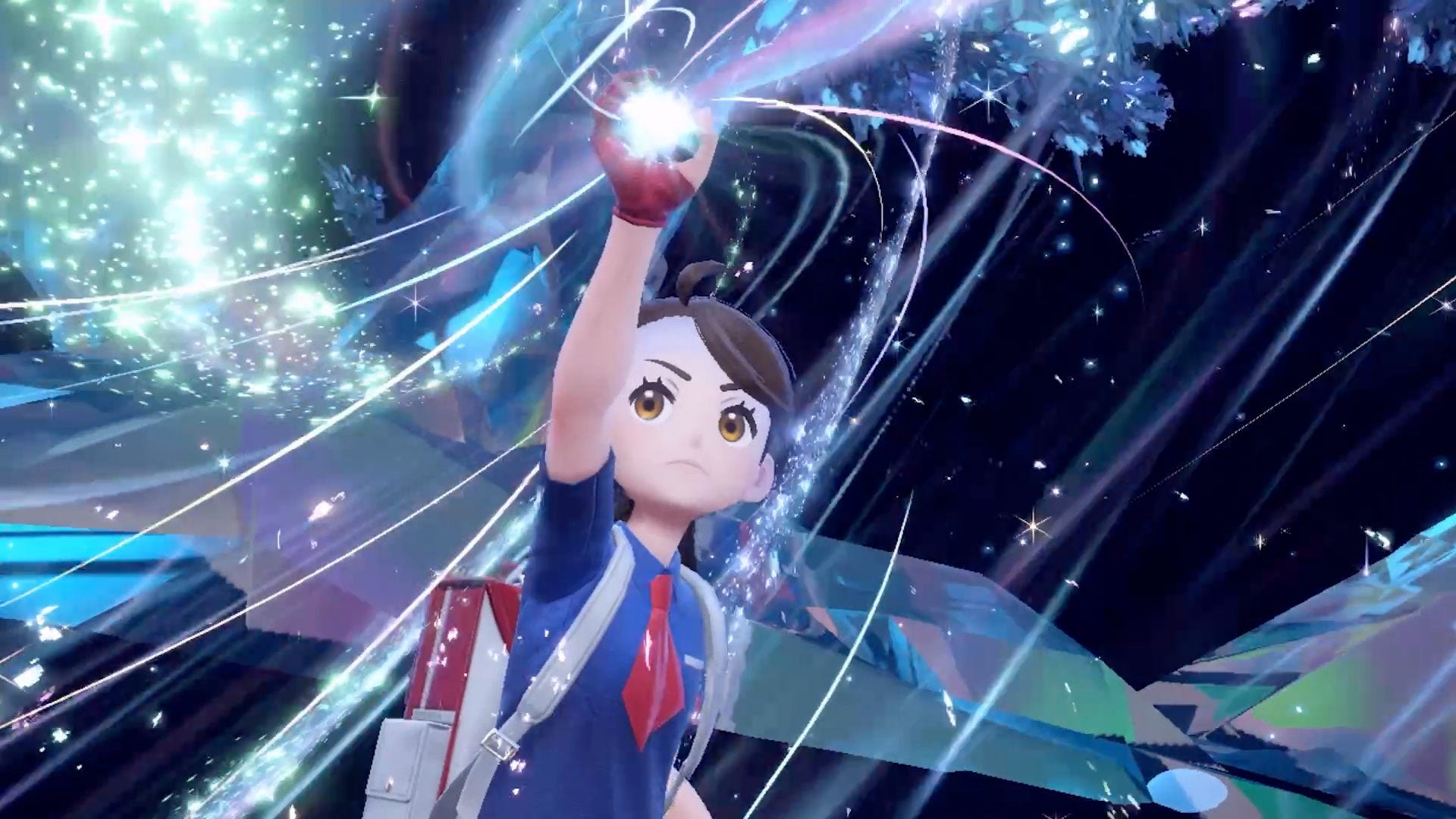
“Consider it an investment in your future.”
I’ve had mixed feelings about the newer generations of Pokémon for some time now. I’ve gone over this feeling in detail in another issue of this series, and while I still share some of those sentiments, I also stand by the idea that adding some new rules would revitalize subsequent playthroughs. Now, almost two years later, I returned to Pokémon Violet with a Wonderlocke, and can now give my retrospective opinion on the ninth generation of Pokémon under a slightly different lens.
For starters, playing this game as a Wonderlocke instead of a traditional playthrough made things a lot more interesting. I was exposed to different kinds of Pokémon, the majority of which I hadn’t used in playthroughs of other games. I had a lot of fun using Pokémon that I wasn’t used to, and experimenting with different team members is always a welcome experience. That said, this added randomness to my team didn’t change much about the difficulty of the game. Being forced to experiment and make the most out of encounters that I’m not used to playing with makes these games more fun, and it excites me to think about playing other Pokémon games under rulesets like this where I have to use different monsters than I’m used to.
I also came to enjoy the presentation of Generation IX more than I had previously. The more “realistic” textures work really well on some Pokémon, especially the metallic coats. I still think some 3D models are lacking in areas that could make them more monster like, but I don’t think that’s the angle that Game Freak or TPCI want to go with their designs anymore. Pokémon feels like it’s outgrown the pocket-monster identity, and a big part of that is the shift from 2D to 3D. I think this is best shown when comparing how animated and stylized 2D sprites were when comparing them to the 3D models. At the same time, it could just be a skill that Game Freak needs to master, seeing as games like Dragon Quest Monsters: The Dark Prince make it a point to make the monsters look and feel vibrant and interesting. The way that I see it, the top-down style of Pokémon games has towns that are designed not only to be smaller but to be summaries of what the town would be on a larger scale. This helped them to be much more fun to explore, even if some of the buildings didn’t have anything in them. Towns in this game are boring with nothing to explore, and this leads to a feeling of having little to nothing to want to interact with in the world.
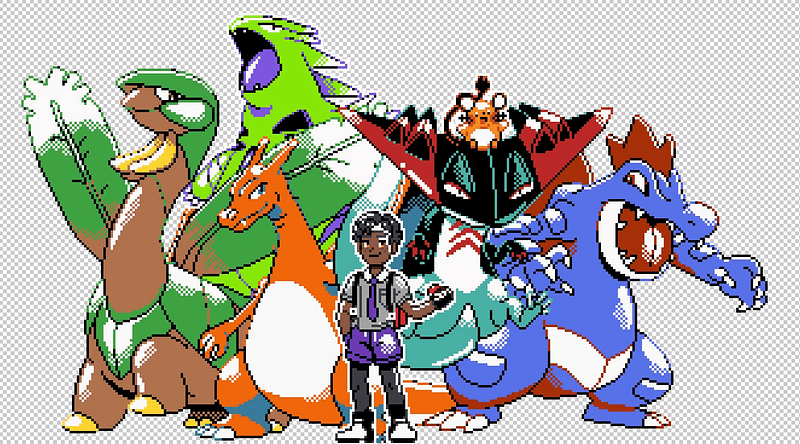
This would be the first nuzlocke that I’ve ever beaten, and while I’m extremely grateful for that, I can’t help but still not feel interested in the current generation of Pokémon. I’m sad that my opinion of these games hasn’t changed much in the past two years since their release, but hopefully the extra time that’s being spent on generation X will show that Game Freak is listening to audience outcry.
Demos? Demos!
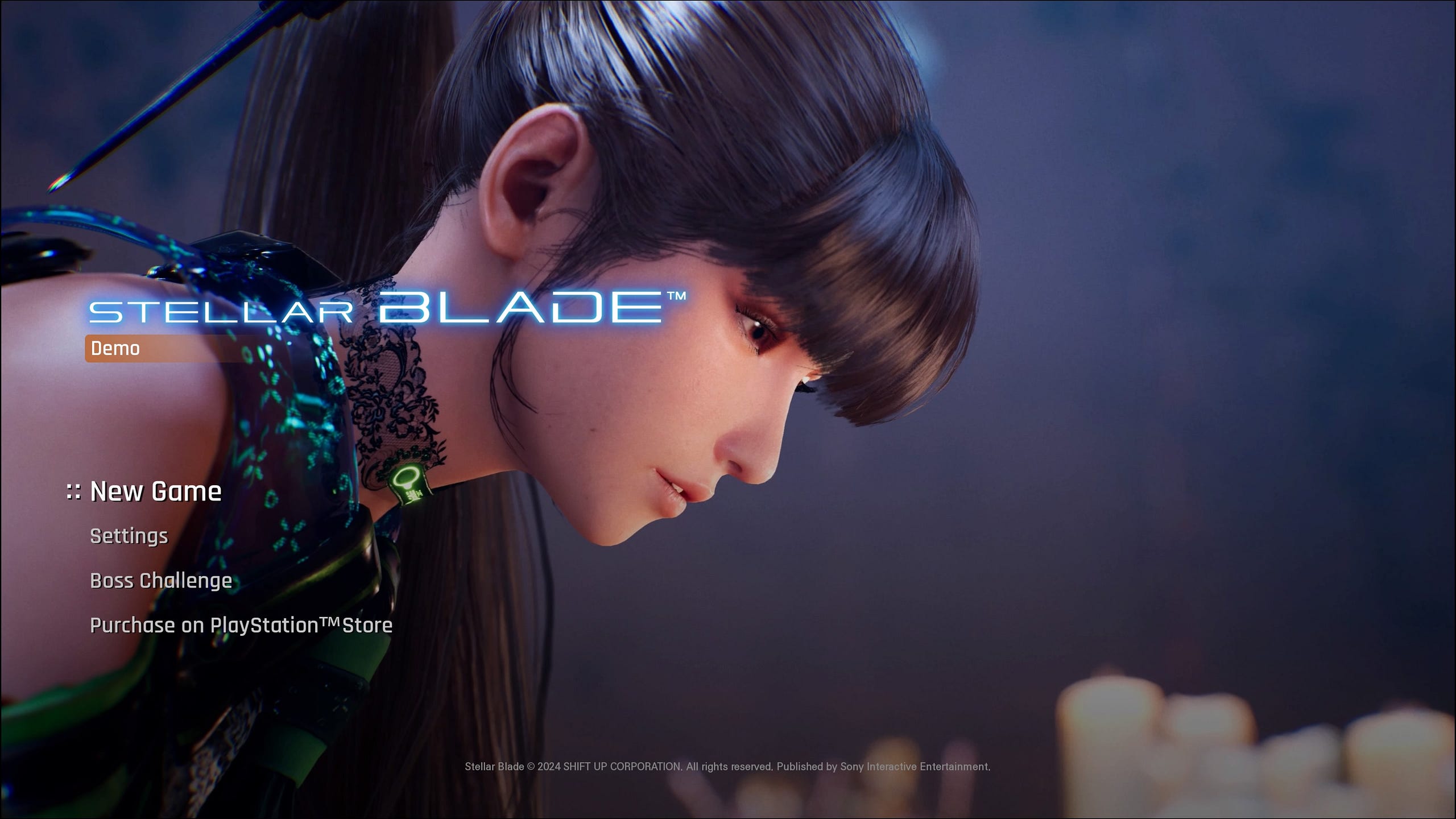
Stellar Blade
When I started playing the demo for Stellar Blade, I expected it to be your traditional action RPG. Little did I know that it would be another visually stunning Soulslike from a South Korean studio (which isn’t a lot, but it’s weird that it happened twice). It’s a smaller detail, but something I love about games on modern hardware is how well they utilize haptic feedback. Consoles today come equipped to the teeth with a plethora of new features centered around immersion, so when a game tries to take at least one of those and incorporate it into the experience it feels so satisfying. In the first real mission of the demo it’s raining, and the DualSense controller’s haptics let you feel the rain through the controller, making light vibrations for each drop while you stand in the rain. It blew me away! It’s a small thing, but I truly hope more games incorporate features like this into their games even though they must be a development nightmare.
The demo itself is phenomenally smooth with a pretty mild learning curve. I got a grasp on the attack mechanics and began using every resource I could to get to the end of the demo, culminating in a bombastic boss fight that segues into the trailer for the game. Even better, the demo also includes another boss fight that takes place later in the game, with more equipment and abilities to use during the fight. I’ve found that since I finished the demo for Lies of P some time ago, I’m in the camp of using every item at my disposal in games like this. It makes them more engaging to see what I’m picking up instead of just tossing it to the wayside. And hey, if you’re out there and feel like using items is cheating in these intentionally difficult games, Miyazaki is on your side! Honestly? This is the most a game’s demo has sold me since Unicorn Overlord. I’m stunned with how fun this game was, and I’d be lying if I said the idea of a “cyberpunk dystopian killer Barbie” wasn’t sick. Stellar Blade sits in my wishlist while I wait for a sale.
Another issue, another batch of memories.
- After a pretty slow day in the office during the buildup to what would be our busiest month of the year, I spent my lunch breaks for a few days trying to unlock all the levels and beat my high score in Star Fox 64 3D. In fact, I think I played and beat the game exclusively on my lunch breaks at work…
- While I was playing Erica I thought about Until Dawn based solely on the fact that they’re both choice-based games. I know it’s not a very thoughtful or intricate comparison, but I wonder what a Supermassive Games project would look like it was a modern FMV. Shoot, I feel like it would be a hit.
Thank you for reading! This one took a while to get out after dealing with some burnout, but I’m glad I could finally hit the ‘Publish’ button. On top of this, I’ve taken the liberty of going back through my older essays on here and updating them accordingly with “Tackling the Backlog” as the new title of this series, as well as giving them a much more uniform look. They’ve been edited and revised from what they were when they were published initially, so please check out their updated versions!
If you’d like to see more of my work, I write periodically on SUPERJUMP, an online gaming magazine. I also stream on Twitch, and post about the games I’m playing actively on Backloggd. Any way you choose to support me is greatly appreciated.


